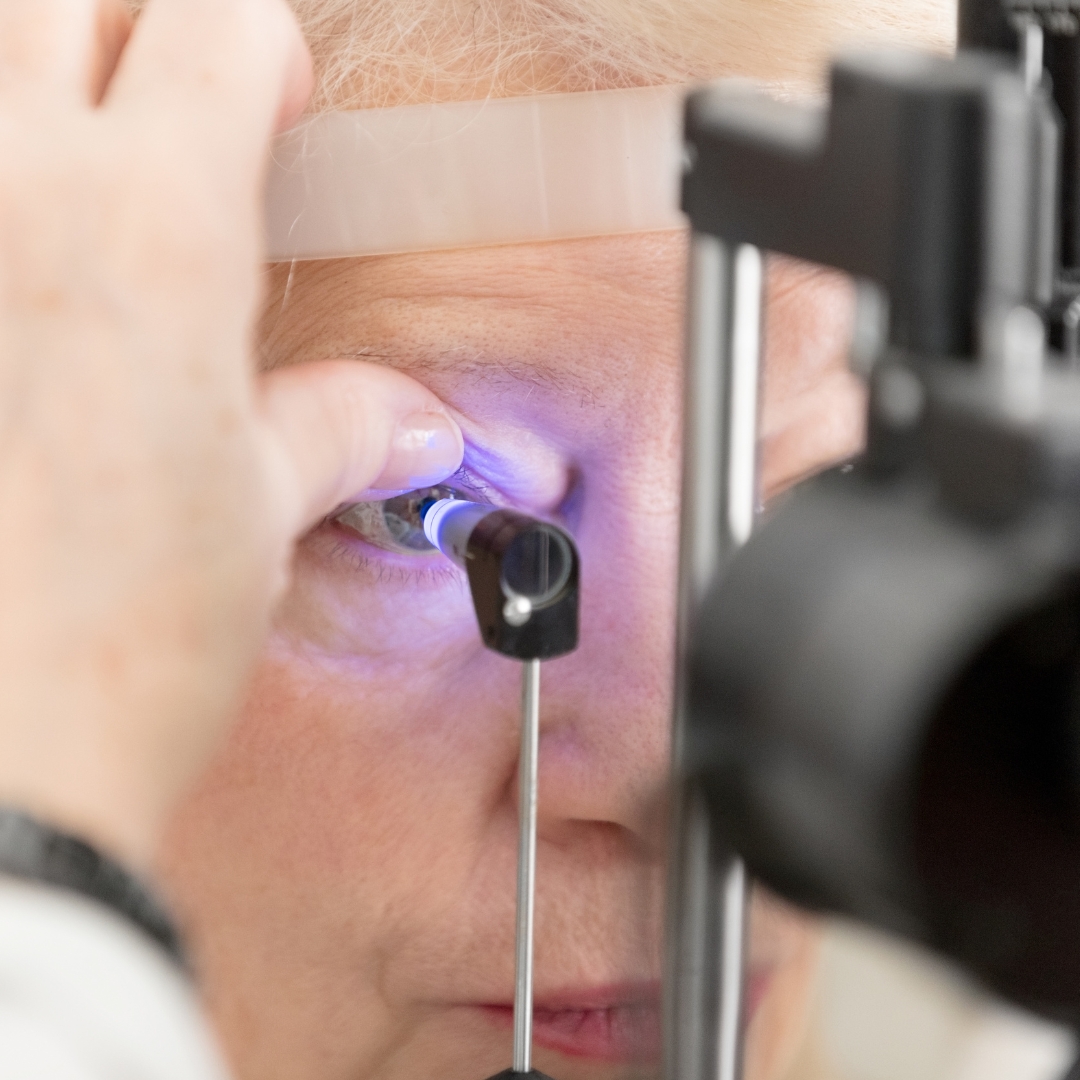Glaucoma is a group of eye conditions that damage the optic nerve, the nerve that carries visual information from the eye to the brain. This damage can lead to vision loss and even blindness if left untreated.
The most common type of glaucoma is called open-angle glaucoma. It develops slowly and often without any noticeable symptoms in the early stages. As the condition progresses, it can cause gradual loss of peripheral (side) vision, eventually leading to tunnel vision.
Another type of glaucoma is called angle-closure glaucoma.
This type is less common but can develop suddenly and cause severe eye pain, headache, nausea, blurred vision, and seeing halos around lights. It’s considered a medical emergency and requires immediate treatment to prevent vision loss.
There are other types of glaucoma as well, such as normal-tension glaucoma, which occurs despite normal eye pressure, and secondary glaucoma, which is caused by other eye conditions or injuries.
Glaucoma is a serious eye condition that can have a significant impact on a person’s quality of life.
If you have any concerns about glaucoma, it’s important to see an eye doctor for regular eye exams and to discuss any risk factors you may have. Early detection and treatment can help prevent vision loss and preserve your eyesight.

